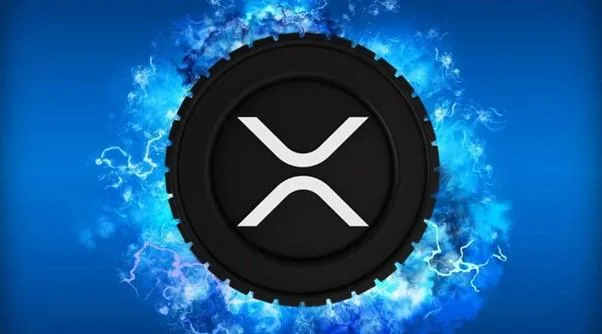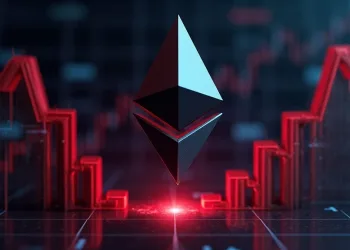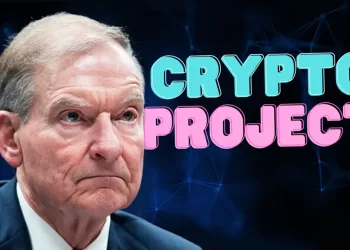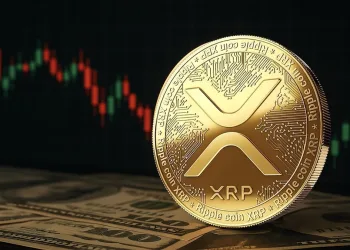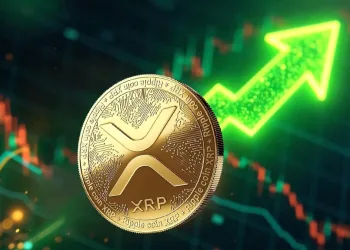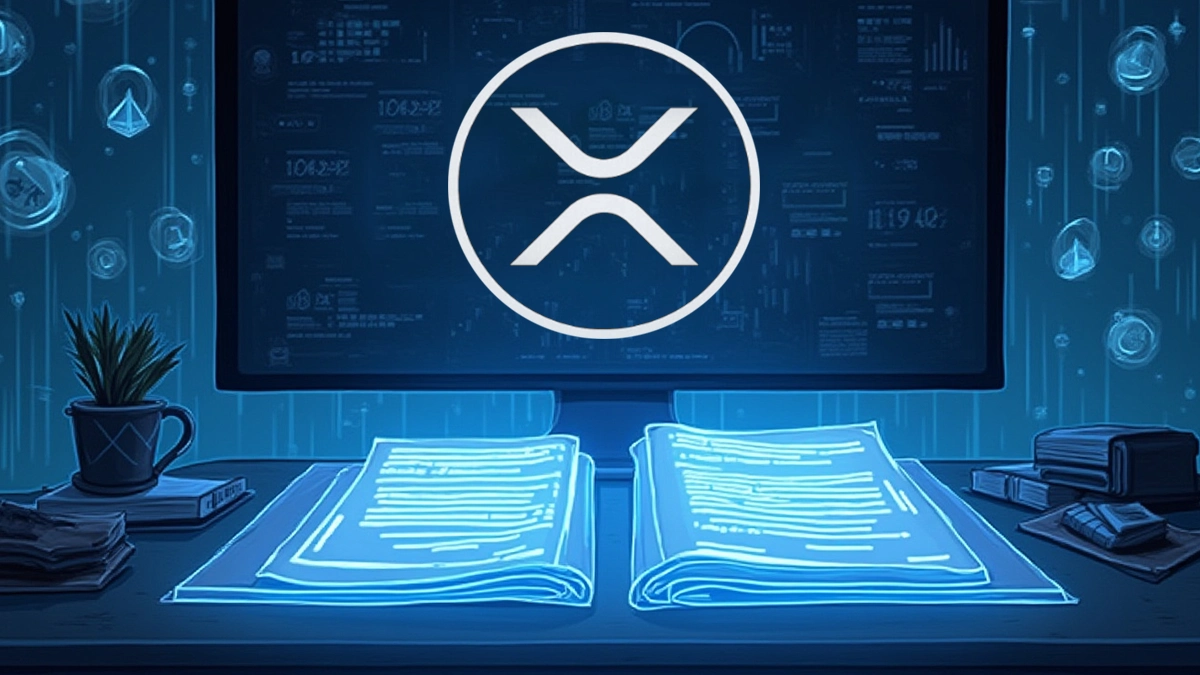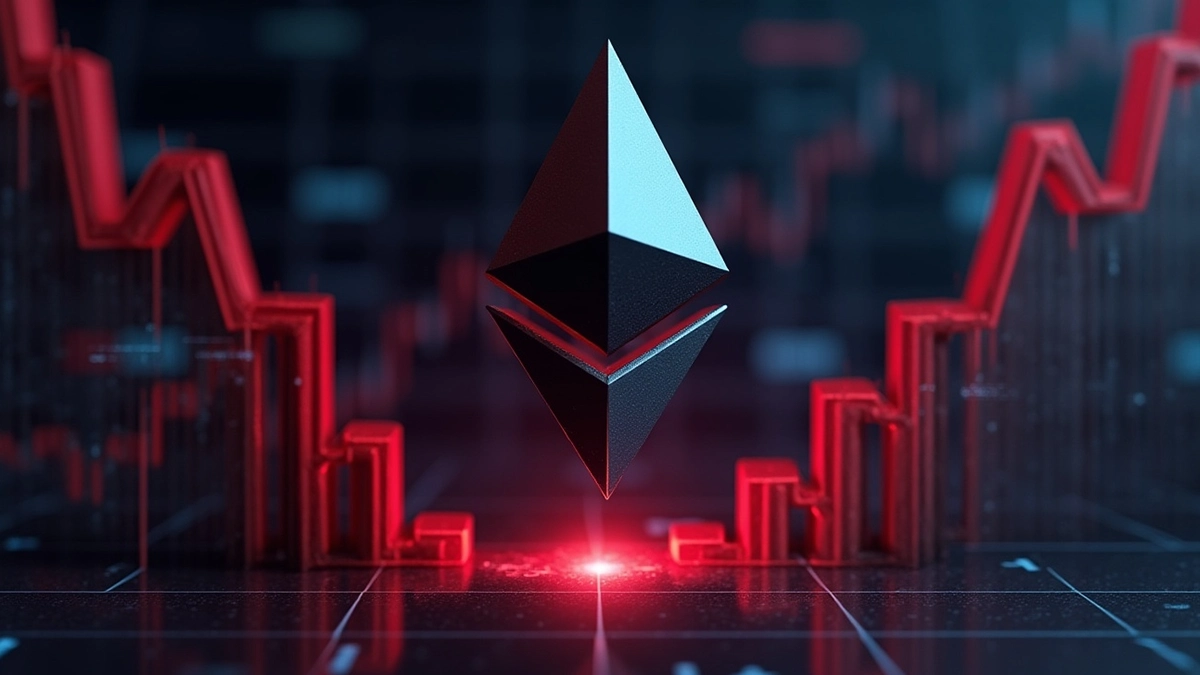- Ripple’s rumored $20B bid for Circle exceeds typical M&A premiums by a wide margin.
- Circle’s $60B reserves don’t equate to ownership; revenue from interest drives value.
- Market experts see a realistic Ripple offer for Circle at around $6B to $6.5B instead.
Speculation is swirling in the crypto world over Ripple’s supposed $20 billion bid to acquire Circle, the firm behind USDC. While some online voices claim the deal has quadrupled from the original $5 billion offer, seasoned market watchers remain doubtful.
Dom Kwok, co-founder of Web3 education startup EasyA, has weighed in to explain why the $20 billion valuation seems far-fetched. Drawing from experience at Goldman Sachs and Blackstone, Kwok broke down how acquisitions typically unfold and why investors should be wary of hype-fueled numbers.
The buzz began when social media posts, particularly on X, claimed Ripple significantly increased its offer. This rapid rise from a $4–5 billion initial bid to $20 billion took many by surprise.
Understanding the True Value of Circle
Despite Circle holding over $60 billion in collateral, experts stress that this amount doesn’t reflect its actual value. Circle doesn’t own these funds; instead, it earns revenue from interest on the reserves backing its stablecoin, USDC. This revenue model, not the raw collateral, determines its valuation.
Consequently, Circle’s estimated $5 billion valuation for its upcoming IPO aligns with market norms. Acquisition deals typically involve a premium of 20% to 30% to make the offer attractive to the target company. Based on that logic, Ripple’s final offer would likely sit between $6 billion and $6.5 billion. Anything significantly above this range stretches beyond standard financial reasoning.
Logic Behind Realistic Offers
Dom Kwok emphasized that these premiums are common practice in mergers and acquisitions. They serve as an incentive for shareholders and boards to agree to the deal. This explains why Circle rejected Ripple’s initial offer it likely fell short of that premium.
Moreover, Ripple is aggressively entering the stablecoin space with RLUSD. However, its $317 million market cap pales in comparison to USDC’s $61.7 billion. Ripple might see Circle as a shortcut to market dominance, but that doesn’t justify an inflated price.


